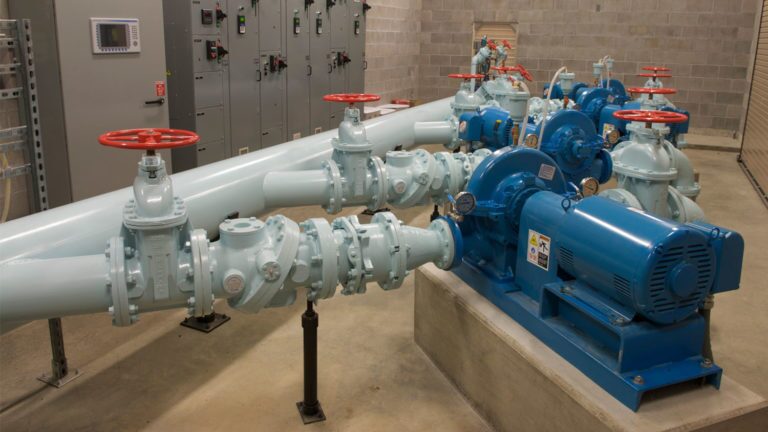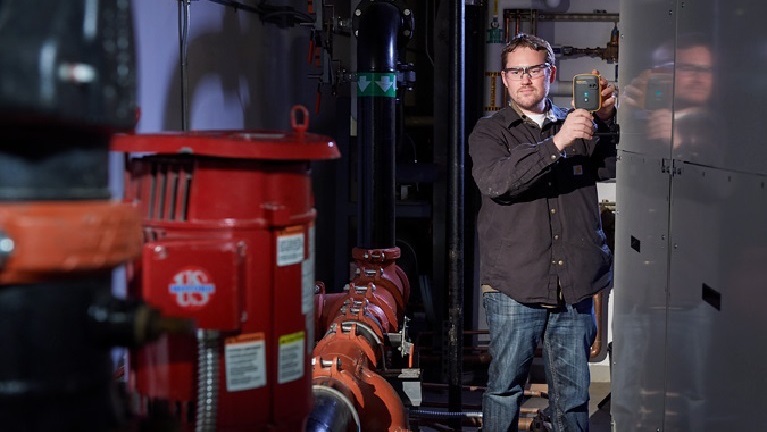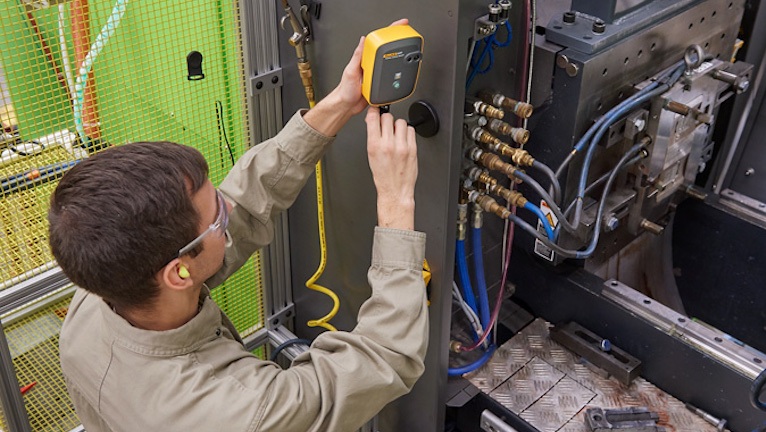Adding business value through data-driven maintenance
By Ankush Malhotra
President at Fluke Reliability
Every day, in manufacturing facilities worldwide, experienced and capable people are trying to second-guess the maintenance requirements of the machines that populate their plants.
The reason is simple: They know that an effective maintenance program can increase their uptime, decrease maintenance costs, reduce unplanned outages, and extend the lives of their assets. All of which drive business value. And you’d be hard-pressed to find a company that doesn’t want to run leaner and more efficiently—especially these days.
It all starts by integrating data and analytics into your maintenance program to transform it into a reliability program. The right program will increase your equipment’s availability and performance by identifying and removing the cause of potential failures—or at the very least, significantly reducing the possibility of failure and its impact.
Seeing maintenance as a means to operate safer and more efficiently, industrial plants across the globe are taking a more proactive approach to maintenance—not simply responding to the crisis of the day. Today, the immediate goal is to find and fix problems before there’s a breakdown. The long-term goal is to drive business value. One approach to maintenance does both.
The value of condition-based maintenance
The trending and monitoring of machine health are staples of what is called predictive maintenance (PdM). But a better term may be condition-based maintenance (CBM) because no one can predict when a machine will fail. Condition-based maintenance uses machine condition data, contextual data, trends, analytics, and knowledge of specific machines to determine how they are performing.
It’s probably no surprise that the better the data, the potential for more accurate the assessment of the machine’s condition will be. Using this data—such as vibration data, temperature data, and power monitoring—you can make an informed decision based on each application’s risks. Depending on the machine’s history, criticality, and the current plant situation, you can decide to continue running it, schedule repairs for later, or secure and repair it immediately.
Using condition monitoring to inform condition-based maintenance
Condition-based maintenance is based on machine condition data that can be read by condition monitoring devices or transmitted by sensors connected to the machine. The advantages of this approach include:
- Always-on monitoring of assets: When internet-enabled devices are connected to software, measurements are automatically aggregated around the clock. Data is stored in the cloud, where it’s assigned to assets and organized for users to review.
- Faster identification of the root cause of a problem: Teams can swiftly troubleshoot assets using different condition monitoring devices, such as vibration sensors or power monitors, and compare measurements over time to quickly pinpoint anomalies.
- Ability to monitor equipment safely from anywhere: Connect your people and assets with remote sensors and mobile access. Measurements from wireless sensors are automatically sent to the cloud without human intervention or error. Teams can access data remotely on smart devices from anywhere.
No wonder Gartner estimates that through 2022, decision automation in the form of predictive maintenance (and condition-based maintenance) will generate the highest business value for organizations with heavy assets.
It’s all about the data
Data that’s just sitting around does nothing. But when skilled people analyze data, they’ll have the information needed to take action—if they look at the data in context. Suppose a technician notes that a machine has a high vibration. High for what? Just this machine? Could there be a reason for its current vibration reading? For example, could the vibration actually be caused by an adjacent machine?
Whether your maintenance and reliability team is gathering data from condition monitoring sensors, a vibration analyzer (such as the Fluke 810 or Prüftechnik VibXpert II), or portable test tools, they will have the data they need to make critical decisions and complete necessary jobs.
(Speaking of condition monitoring sensors, please stay tuned for some exciting news we at Fluke Reliability have to share in early May.)
John Bernet, a mechanical application reliability specialist at Fluke Reliability, advises maintenance teams on starting and sustaining successful reliability programs. He recommends a tiered maintenance approach, like a hospital would use. As he puts it, “Nurses and general practice doctors see far more patients than specialists, so don’t assume that you need a lot of reliability experts to get the job done.”
Instead, provide your technicians with training, thoughtful assignments, and screening-level technology so they can be the eyes and ears of your more experienced staff. Technicians and sensors can gather much of the asset health data needed to catch machine degradation in its early stages.
Analytics: learning from your machines
Suppose you went to the doctor and just said, “it hurts.” There’s no way the doctor is going to know what to do without more data. So the doctor’s going to ask you, “Where does it hurt? How badly does it hurt? And when does it hurt?”
You can apply this to your machines. Data is just a number; analytics is learning from the machine. You can know when the vibration is high, what was going on at that time, and how bad was the situation. For example, if I just have a lot of data coming in with many numbers, but I don’t know what’s happening to the machine when that number is coming in, then it’s a waste of time. But we know that by using rule bases and algorithms and analytics, we can help customers learn from their machines and drive business value in the process.
Back to the doctor’s office. You’ve probably noticed that a typical general practice physician is only concerned with a dozen or so conditions, such as colds, flu, broken bones, cuts, and viruses. They screen for the most common problems, which we do with analytics—there are thousands of faults you can find with a rotating machine. But there are only four that happen all the time: imbalance, misalignment, looseness, and bearings.
So, when you’re determining why a machine isn’t running correctly, don’t think of some exotic reason. Just start with those four faults. Instead of focusing your time on the hundreds or thousands of things that it probably isn’t going to be, focus on the few things that it probably is going to be.
Creating a connected reliability program
At Fluke Reliability, our business supports companies in building data systems that provide cost-effective maintenance and reliability and helps them launch their reliability journeys. Our products inform customers about their assets’ health, and our software and services drive better maintenance decisions—improving productivity, driving uptime, and reducing costs.
Ankush Malhotra is President of Fluke Reliability. Previously Vice President and General Manager of Fluke Reliability, he has been with the Fluke Corporation since 2006.
Related resources:
- More about the Fluke 810 Vibration Tester
- More about the Prüftechnik VibXpert II
- 5 benefits of IoT-based predictive maintenance
- Manufacturing industry is primed to digitalize
- It’s 2021. How’s your IIoT program doing?
- Webinar: The rise of the connected workers: Implications for maintenance and operations in 2021






